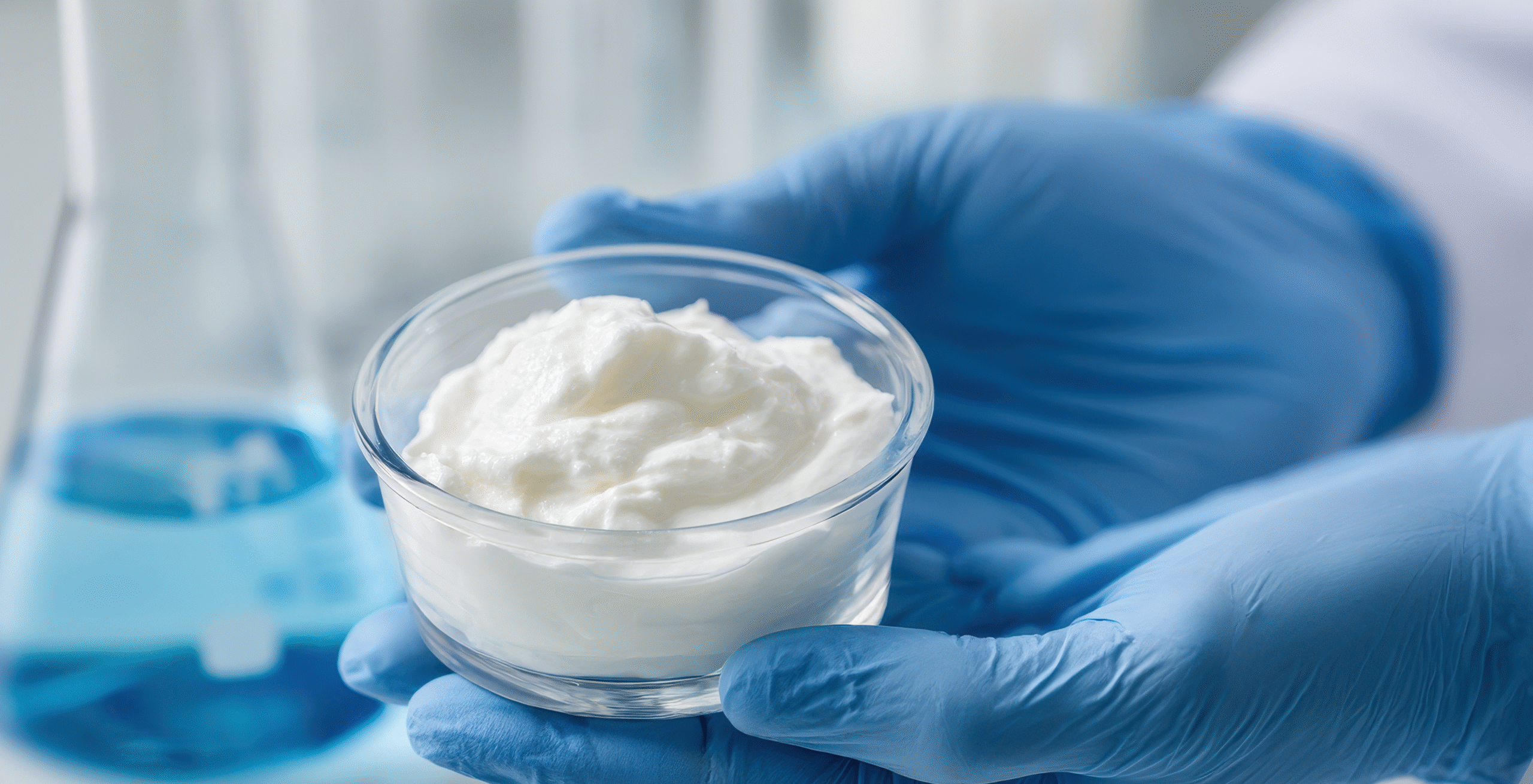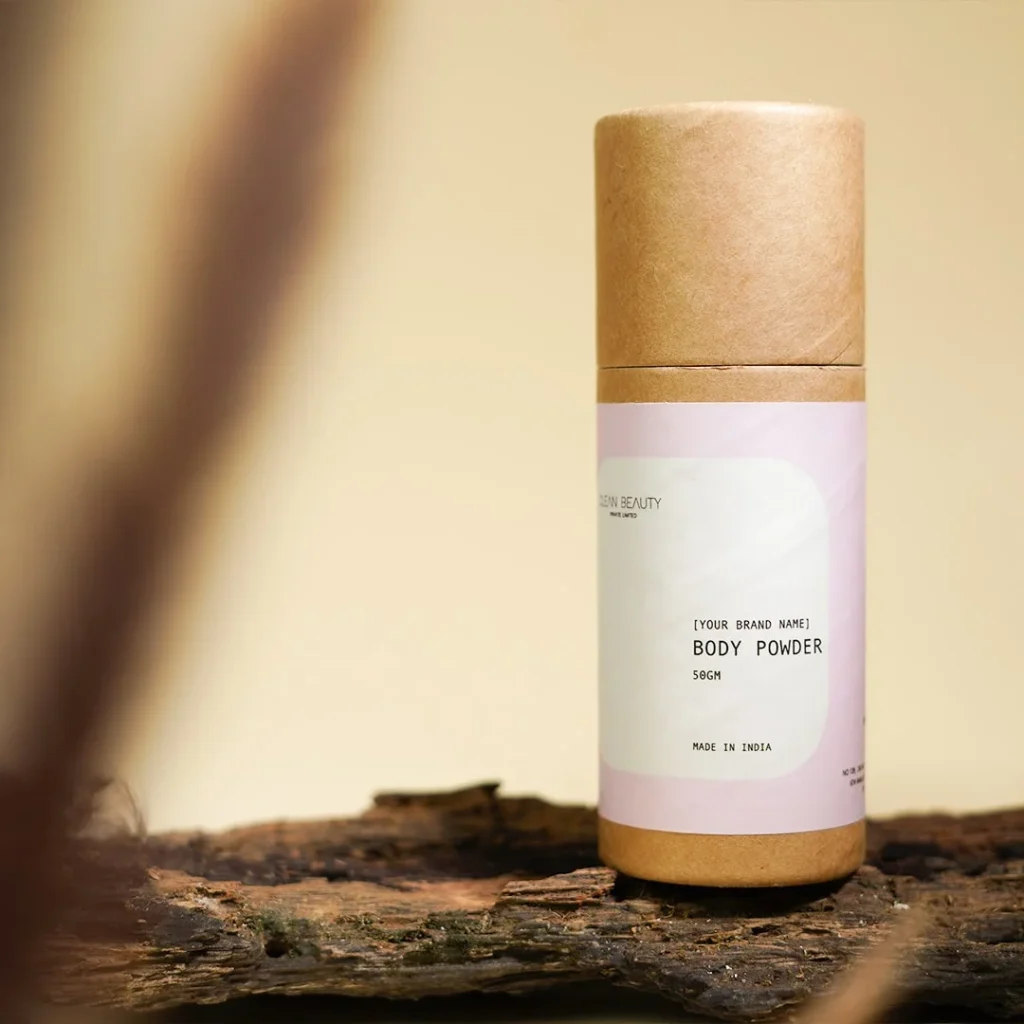Whether you’re wondering which skincare products you can mix, how to create the best active ingredients skincare combinations, or whether it’s bad to mix certain actives, the answer lies in understanding compatibility and science-backed formulation.
At Clean Beauty, we work with founders and formulators across India and globally to help demystify actives, create stable combinations, and support safe product development through custom skincare formulation. Here’s your go-to guide on how to mix active ingredients, what to avoid, and how to educate your customers with transparency and trust.
What Are Active Ingredients in Skincare?
Active ingredients are components in a product that are biologically active and directly responsible for delivering skincare benefits.
These include:
- Retinoids (retinol, retinal, tretinoin).
- Vitamin C (ascorbic acid, sodium ascorbyl phosphate).
- Niacinamide.
- AHAs and BHAs (glycolic acid, lactic acid, salicylic acid).
- Peptides.
- Hyaluronic Acid.
- Ceramides.
- Zinc PCA.
- Azelaic Acid.
Each has its own function, from anti-ageing to acne control to barrier repair. But just like a recipe, some actives blend beautifully, while others clash.
Why Mixing Actives Requires Caution?
Just because two ingredients work wonders on their own doesn’t mean they should be paired.
Poor combinations can lead to:
- Skin irritation or over-exfoliation.
- Reduced efficacy of ingredients.
- Product instability or separation.
As a skincare brand or formulator, being mindful of these interactions helps you build trust, reduce complaints, and stand out for safety.
Beginner-Friendly Active Ingredient Pairings
If you’re looking to formulate or use actives together. Here are some combinations that generally work well:
1. Niacinamide + Hyaluronic Acid
A match made in hydration heaven. Niacinamide strengthens the skin barrier while hyaluronic acid draws in moisture.
2. Vitamin C + Vitamin E + Ferulic Acid
This antioxidant trio boosts Vitamin C’s stability and efficacy while offering sun protection benefits.
3. Retinol + Peptides
Retinol renews skin; peptides calm and support collagen production, making this great for night routines.
4. AHA (Glycolic Acid) + Hyaluronic Acid
AHAs exfoliate and renew, but can dry the skin. Hyaluronic Acid hydrates and soothes afterwards.
5. Salicylic Acid + Niacinamide
Great for oily, acne-prone skin. Salicylic unclogs pores, while niacinamide reduces inflammation and redness.
Active Ingredient Combinations to Avoid
Some actives destabilise each other or increase sensitivity when used together. Always be cautious of:
1. Retinol + AHAs/BHAs
Both are potent exfoliants. Combining them can lead to irritation, dryness, and skin barrier damage.
2. Vitamin C (L-Ascorbic Acid) + Niacinamide
Although newer studies suggest they may be compatible at certain pH levels, traditionally, they cancel each other out or cause redness.
3. Retinol + Vitamin C
Different pH requirements can destabilise both ingredients. Best used in different routines (AM vs PM).
4. Benzoyl Peroxide + Retinol
Benzoyl Peroxide can deactivate retinoids and cause excessive irritation.
How is Mixing Skincare Actives Done?
When done right, layering activities can amplify benefits.
But it requires thoughtfulness:
- Alternate Days: Use stronger actives (like AHAs or Retinol) on alternate days to prevent irritation.
- AM/PM Split: Vitamin C in the morning, Retinol at night. This also aligns with their best functions (antioxidant protection vs cell turnover).
- Use Buffering Layers: If layering, use a soothing serum (like HA or Centella) between harsher actives to reduce irritation.
- Watch for pH Conflicts: Some ingredients like Vitamin C (acidic) and Niacinamide (neutral/alkaline) can interfere with each other’s stability.
- Educate End-Users: Include usage guides or layering tips with your product packaging or brand website.
Ingredient Guide for Safe Skincare Formulation
When creating private label skincare.
Here are some ingredient rules of thumb:
- Don’t overload a formula with too many actives.
- Understand the pH window of each active.
- Choose stabilised or encapsulated versions for actives like Vitamin C and Retinol.
- Prioritise soothing ingredients (e.g., panthenol, oat extract, ceramides) when combining actives.
- Conduct patch testing and stability checks for every new formula.
At Clean Beauty Pvt. Ltd., our in-house formulation team helps clients build safe and stable products by applying these formulations best practices.
Key Considerations for Brands Using Actives
- Regulatory Compliance: Ensure your chosen activities comply with BIS guidelines or other relevant cosmetic regulations.
- Transparency: Clearly list concentrations and highlight strong actives for informed consumer use.
- Label Accuracy: Avoid misleading claims. Instead, focus on benefit-driven language supported by ingredient science.
- Product Education: Offer customers resources like usage infographics, layering charts, or digital guides.
- Formulation Support: Work with a lab that understands both safety and performance.
How Clean Beauty Can Help You
As a trusted white-label skincare manufacturer.
Clean Beauty offers:
- Custom active formulations tailored to your brand’s audience and skin concern focus.
- Expert guidance on ingredient pairing, stability, and efficacy.
- End-to-end support, from ideation to launch, including packaging, documentation, and certifications.
- Low MOQs, perfect for startups or indie brands testing active-based lines.
Whether you’re formulating a glow serum, anti-ageing undereye cream, or exfoliating toner, we ensure your actives are not only effective but safe.
Final Thoughts
When customers ask, “Is it bad to mix active ingredients?” the truth is, it depends on the combination. Some skincare product mixes amplify results, while others can irritate or destabilise the formula. The right active ingredients skincare combinations not only ensure safety but also boost effectiveness.
Lean on experts. Use ingredient knowledge as your brand’s superpower. And when in doubt, simplify.
FAQs
1. What are active ingredients in skincare, and why are they important?
Active ingredients are the components in skincare that deliver targeted results, whether that’s anti-ageing, brightening, acne control, or hydration. They play a key role in a product’s effectiveness and must be used in safe concentrations and combinations.
2. Can all active ingredients be mixed safely in a skincare routine?
No. Some actives, like Retinol and AHAs, can irritate if used together. Others, like Niacinamide and Hyaluronic Acid, pair well. Understanding the function, pH compatibility, and sensitisation risk of each active is essential.
3. Is there a skincare ingredient guide to help with mixing actives?
Yes. Ingredient pairing guides are available through dermatological studies, reputable skincare brands, and formulation labs like Clean Beauty. We also help our clients by creating custom usage guides based on their product range.
4. How do I know if my skincare formulation is safe when combining ingredients?
Start with patch testing and pH testing. Work with a certified manufacturer like Clean Beauty to ensure compatibility, stability, and compliance during the formulation process.
5. Which active ingredients should never be used together in skincare?
Avoid combinations like Retinol + AHAs/BHAs, Vitamin C + Retinol, and Benzoyl Peroxide + Retinol. These can lead to irritation or cancel each other’s effects. Use them in separate routines or days.
6. What are some beginner tips for mixing skincare actives effectively?
Stick to a few well-studied combinations, use buffering serums, alternate strong actives by day or night, and always check product pH compatibility. Less is more when it comes to layering activities safely.
Want help with safe active-based formulations for your skincare brand? Connect with us at Clean Beauty, your partner for effective, compliant, and consumer-loved products.


